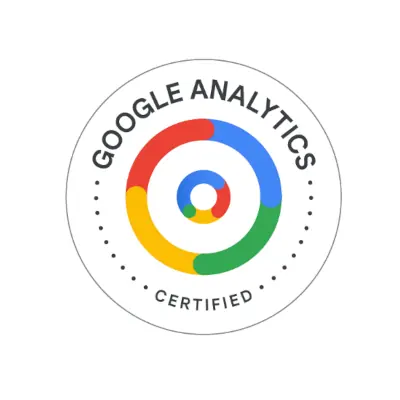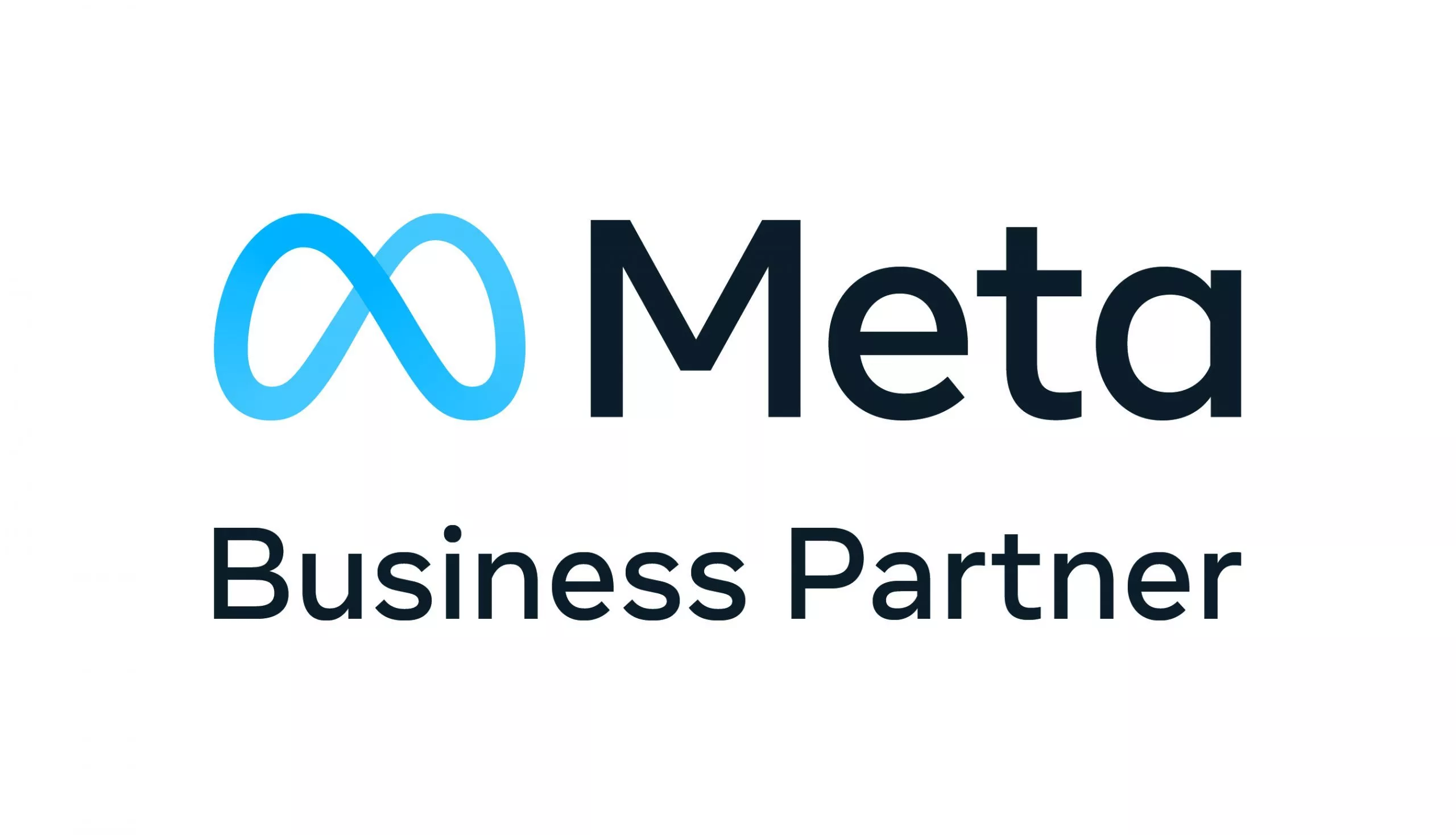Η Ανάλυση Δεδομένων
Στον ψηφιακό κόσμο, η πρώτη εντύπωση μετράει. Γι' αυτό άστο πάνω μας!
Στον ψηφιακό κόσμο, η ανάλυση δεδομένων παίζει κεντρικό ρόλο στη λήψη αποφάσεων και στη διαμόρφωση στρατηγικών. Για ακρίβεια, αναφέρεται στη διαδικασία συλλογής, αξιολόγησης και ερμηνείας των ψηφιακών δεδομένων. Αυτό συμβαίνει για να κατανοήσουμε καλύτερα τη συμπεριφορά των χρηστών, να βελτιώσουμε τις στρατηγικές μάρκετινγκ και να επιτύχουμε τους επιχειρηματικούς μας στόχους.
Γενικότερα, η ανάλυση δεδομένων έχει γίνει πλέον μια απαραίτητη διαδικασία για κάθε εταιρία που επιθυμεί να προχωρήσει στον ανταγωνιστικό χώρο του digital marketing.
Τι είναι η ανάλυση δεδομένων;
Αρχικά, η ανάλυση δεδομένων είναι η διαδικασία κατανόησης και ερμηνείας των πληροφοριών που συλλέγουμε από διάφορες πηγές. Συγκεκριμένα, μέσω αυτών, μπορούμε να καταλάβουμε τις τάσεις, τις συμπεριφορές και τις ανάγκες των καταναλωτών. Καθώς ο κόσμος γίνεται όλο και πιο ψηφιακός, τα δεδομένα μπορούν να μας προσφέρουν μοναδικές πληροφορίες που διαφορετικά θα ήταν αδύνατο να τις αποκτήσουμε.
Πώς τα digital agencies χρησιμοποιούν τα δεδομένα;
Κατανόηση του Κοινού
Είναι ζωτικής σημασίας για ένα agency να καταλάβει το κοινό ενός πελάτη. Επιπλέον, μέσω των δεδομένων μπορούμε να κατανοήσουμε τις προτιμήσεις, συμπεριφορές και ανάγκες των πελατών μας.
Βελτιστοποίηση Στρατηγικών
Ακόμη, με την ανάλυση μπορούμε να προσαρμόσουμε τις στρατηγικές μας για καλύτερα αποτελέσματα. Πιο συγκεκριμένα, η βελτιστοποίηση στρατηγικών αποτελεί την καρδιά κάθε επιτυχημένης επιχείρησης. Δεν είναι αρκετό δηλαδή να έχουμε μια στρατηγική, πρέπει να την αναθεωρούμε, να την προσαρμόζουμε και να τη βελτιώνουμε συνεχώς.
Αύξηση της Αποδοτικότητας
Ο χρόνος είναι χρήμα. Και με τα δεδομένα στο χέρι, τα agencies μπορούν να λαμβάνουν πιο γρήγορες και αποτελεσματικές αποφάσεις.
Τα εργαλεία ανάλυσης δεδομένων
Google Analytics
Ένα από τα πιο δημοφιλή και αναγνωρισμένα εργαλεία στον κόσμο του digital marketing είναι τα Google Analytics. Επιπλέον, μέσω της πλατφόρμας αυτής, έχουμε τη δυνατότητα να αποκτήσουμε βαθύτερες αναλύσεις σχετικά με την επισκεψιμότητα του ιστότοπου, τη συμπεριφορά των χρηστών και τις πηγές τους. Ακόμη, τα Google Analytics επιτρέπουν την παρακολούθηση των μετατροπών, την αξιολόγηση της απόδοσης των καμπανιών και την εύρεση των σημείων που χρειάζονται βελτιστοποίηση.
Εργαλεία SEO
Το SEO είναι η τεχνική που χρησιμοποιείται για να βελτιστοποιηθεί η ορατότητα ενός ιστότοπου στα αποτελέσματα των μηχανών αναζήτησης, όπως ο Google, ο Bing και άλλοι. Συγκεκριμένα,
ο στόχος είναι να αυξήσει την κίνηση σε έναν ιστότοπο από οργανικές (μη πληρωμένες) αναζητήσεις.
Μέσα Κοινωνικής Δικτύωσης
Η κατανόηση της συμπεριφοράς των χρηστών στα social media είναι ζωτικής σημασίας για την αποτελεσματικότητα των καμπανιών. Σε συνδυασμό με μια στρατηγική προσέγγιση, μπορούν να προσφέρουν σημαντικές πληροφορίες για τη βελτίωση των δραστηριοτήτων ενός brand στο digital marketing.
Οι προκλήσεις της ανάλυσης δεδομένων
Η ποικιλία των δεδομένων
Με τόσες πηγές δεδομένων, η επεξεργασία και η ανάλυση είναι πολύπλοκες.
Η ενημέρωση σε πραγματικό χρόνο
Ακόμη, οι αλλαγές στο ψηφιακό τοπίο είναι πολύ γρήγορες και συχνές. Τέλος, η ενημέρωση δεδομένων σε πραγματικό χρόνο είναι μια τεράστια πρόκληση.
Συνολικά, η ανάλυση δεδομένων είναι απαραίτητη για κάθε επιχείρηση που επιθυμεί να επιτύχει στο ψηφιακό πεδίο, εξασφαλίζοντας μια δυναμική και προσαρμόσιμη προσέγγιση στο digital marketing.



